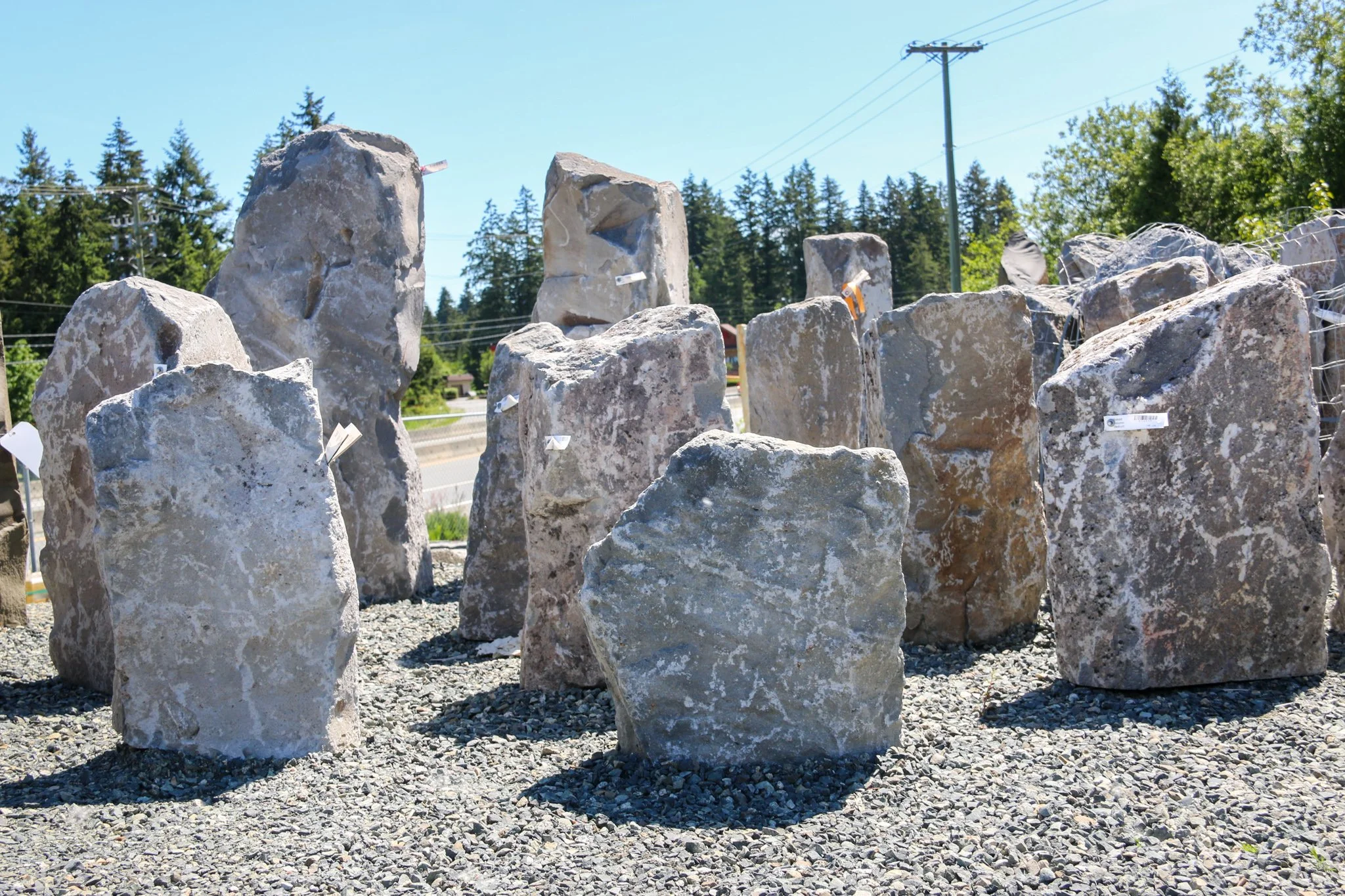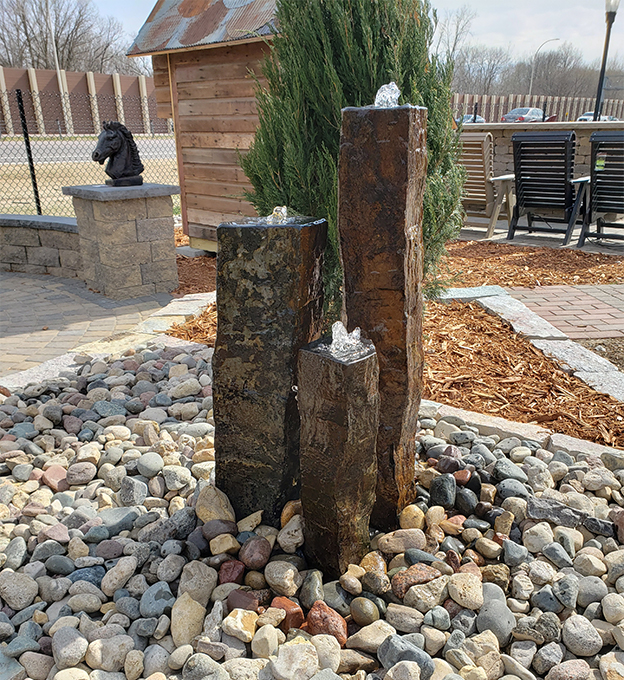Welcome to the world of large decorative garden rocks! As a passionate gardener and landscape enthusiast, I can tell you that these natural elements can dramatically enhance your garden’s aesthetics and create a welcoming atmosphere. In this article, we’ll explore everything you need to know about decorative garden rocks, including types, benefits, creative ideas, and much more.
What Are Large Decorative Garden Rocks?
Large decorative garden rocks are substantial stones used to add character, beauty, and functionality to outdoor spaces. They come in various sizes, shapes, and colors, making them versatile for different landscaping themes.
From natural river stones to hand-crafted boulders, these rocks can serve multiple purposes, whether as focal points, garden borders, or supporting plant life.
Benefits of Using Large Decorative Garden Rocks
1. Aesthetic Appeal
Rocks add texture and visual interest to your garden. They can complement your plants and flowers, creating a harmonious landscape.
2. Functional Use
In addition to their beauty, decorative rocks can serve practical functions. They can stabilize the soil, provide erosion control, and even act as natural barriers.
3. Low Maintenance
Once placed, large decorative rocks require minimal upkeep compared to traditional garden features. They don’t need watering, trimming, or fertilization, making them a perfect choice for busy gardeners.
4. Versatility
Decorative rocks can be used in various styles, from modern minimalist gardens to rustic natural landscapes. You can paint them, group them, or arrange them creatively for a unique look.

Types of Large Decorative Garden Rocks
1. Natural Stones
Natural stones are unaltered rocks sourced from nature, offering a raw, organic look.
Examples:
- Granite
- Limestone
- Slate
2. Sculpted Rocks
Sculpted or artificial rocks are designed to mimic natural stones but can be crafted in specific shapes and styles.
Examples:
- Concrete Boulders
- Fiberglass Rocks

3. River Rocks
River rocks are smooth, rounded stones naturally shaped by water, perfect for creating a relaxing vibe.
4. Decorative Pebbles
While smaller, decorative pebbles can be used alongside larger rocks to create layers and texture.

Creative Ideas for Using Large Decorative Garden Rocks
1. As Focal Points
Use large rocks to create eye-catching focal points in your garden. Place them strategically near entrances or at the center of flower beds.
2. Pathways
Arrange flat stones to create a rustic pathway through your garden, guiding visitors through your landscape.

3. Grouping and Stacking
Create visual interest by grouping rocks of varying sizes or stacking them to form a natural sculpture.
4. Enhancing Water Features
Surround ponds or fountains with decorative rocks to enhance the natural feel of the water feature.

5. Edging for Beds
Use large rocks to edge flower beds, defining the space and preventing soil erosion.
Planning Your Rock Garden
Step 1: Determine Location and Size
Choose a visible area in your garden where rocks can be the stars. Consider the size of your rocks and the surrounding plants.

Step 2: Select Your Rocks
Mix various types of rocks for a natural look. Consider colors and textures that complement your garden theme.
Step 3: Create a Layout
Before you start placing rocks, lay them out on the ground to see how they look together. This step helps in visualizing the final result.
Step 4: Secure Your Rocks
After settling on a layout, secure larger stones in place, ensuring they won’t shift over time.
Maintenance Tips for Decorative Garden Rocks
1. Cleaning
Occasionally clean your rocks to remove debris, moss, or algae. A simple rinse with a hose usually does the trick.
2. Weeding
Keep the area around your rocks weed-free to maintain a tidy appearance. Hand-pulling or using mulch can help.
3. Inspect for Damage
Check your rocks regularly for cracks or chips, especially after severe weather, and replace damaged stones as needed.
Comparing Types of Decorative Garden Rocks
| Type | Aesthetic Appeal | Durability | Cost | Maintenance |
|---|---|---|---|---|
| Natural Stones | ✔️ Very High | ✔️ High | Medium | Low |
| Sculpted Rocks | ✔️ High | ✔️ Medium | High | Low |
| River Rocks | ✔️ High | ✔️ High | Medium | Very Low |
| Decorative Pebbles | ✔️ Moderate | ✔️ Moderate | Low | Low |
Pros and Cons of Large Decorative Garden Rocks
Pros
- Enhances visual appeal of gardens.
- Minimal maintenance required.
- Durable and long-lasting.
- Versatile uses in landscaping.
Cons
- Can be heavy and difficult to move.
- Initial setup might require investment.
- Overuse can lead to cluttered appearance.
Frequently Asked Questions (FAQs)
1. What are the best types of rocks for landscaping?
The best types of rocks for landscaping depend on your specific needs. Natural stones like granite or river rocks are excellent for their durability and aesthetic appeal.
2. How do I choose the right size rocks for my garden?
Consider the scale of your garden and the surrounding plants. Large rocks can serve as focal points, while smaller rocks can be used more as accents.
3. Can decorative rocks help with drainage in my garden?
Yes, using decorative rocks can improve drainage, especially when placed around plants to prevent soil compaction and waterlogging.
4. Are large decorative garden rocks suitable for all climates?
Most large decorative rocks are suitable for various climates, but it’s vital to select the right type based on local weather conditions and soil types.
5. How can I arrange large rocks in my garden?
Arrange rocks in groups or clusters, mix sizes, and place them among plants for a natural look. The objective is to create a layout that feels organic yet intentional.